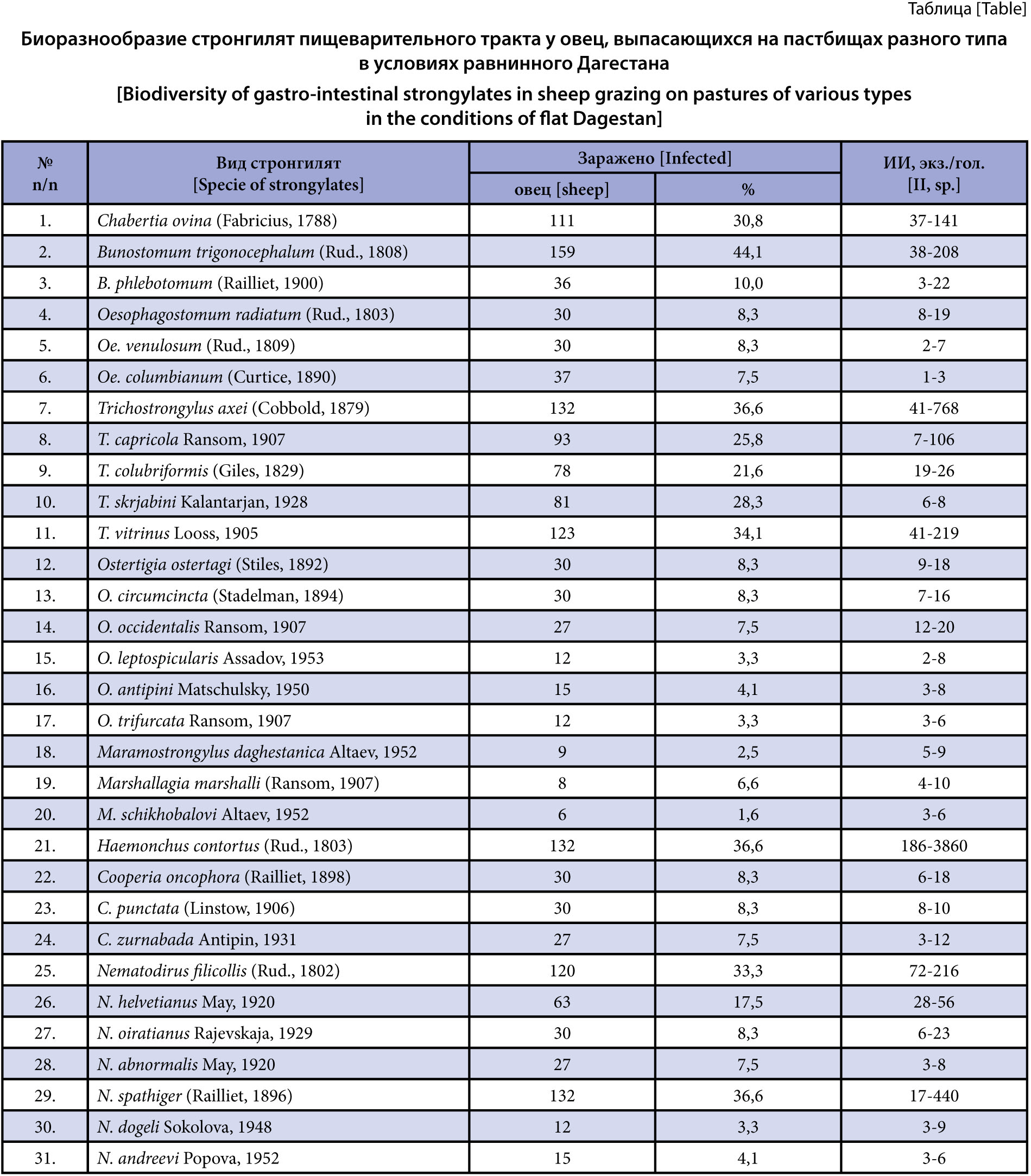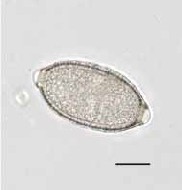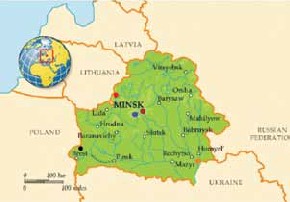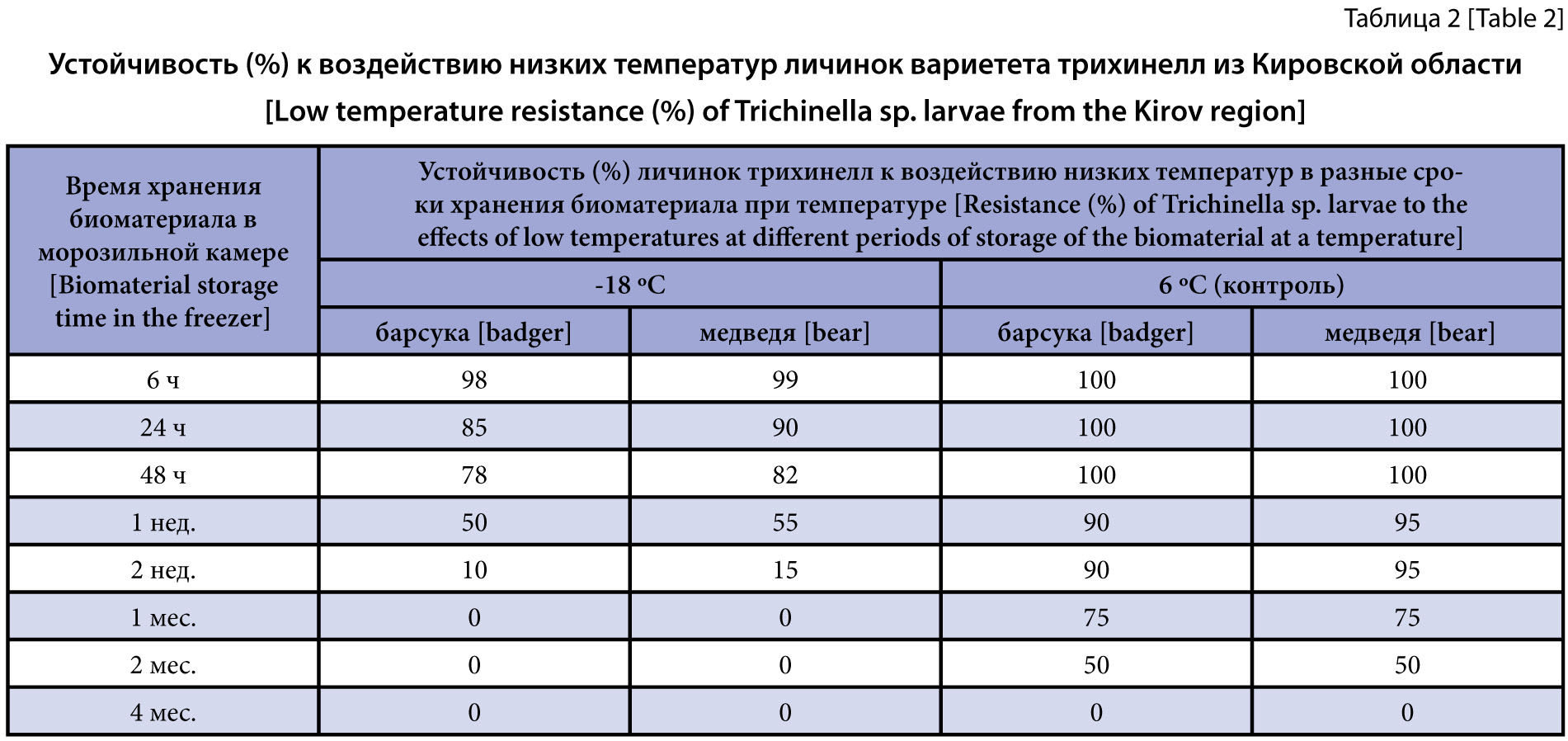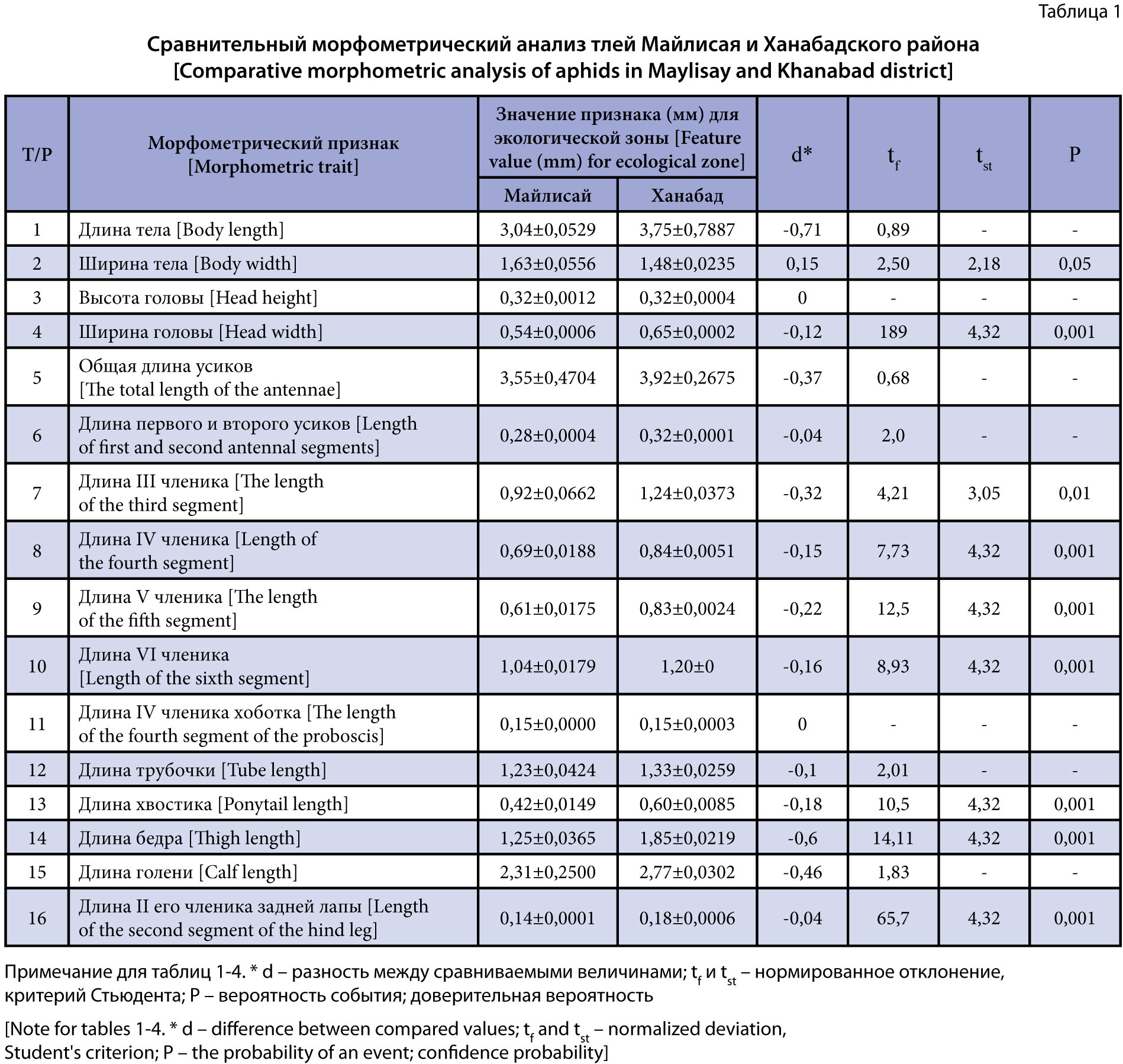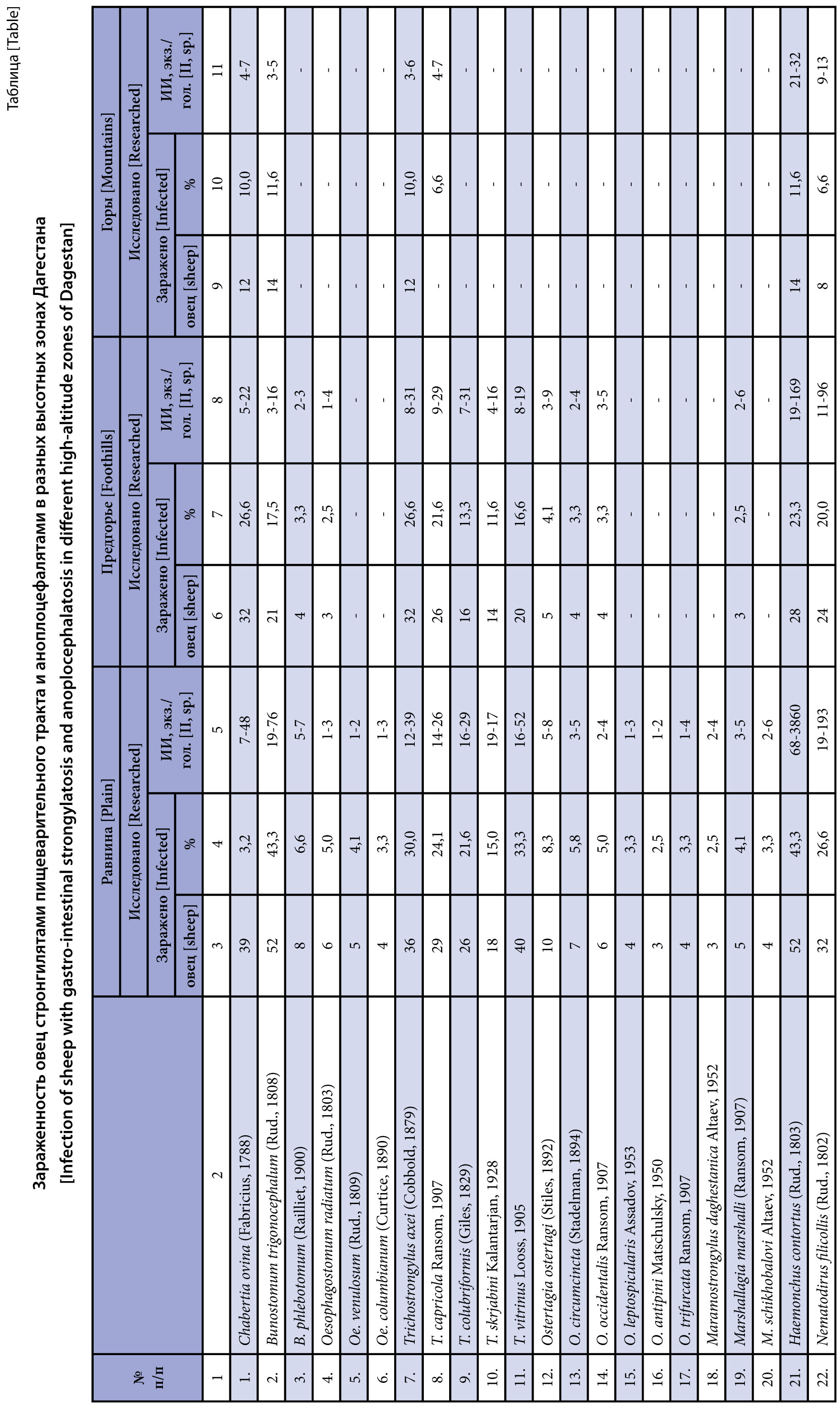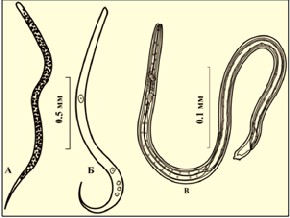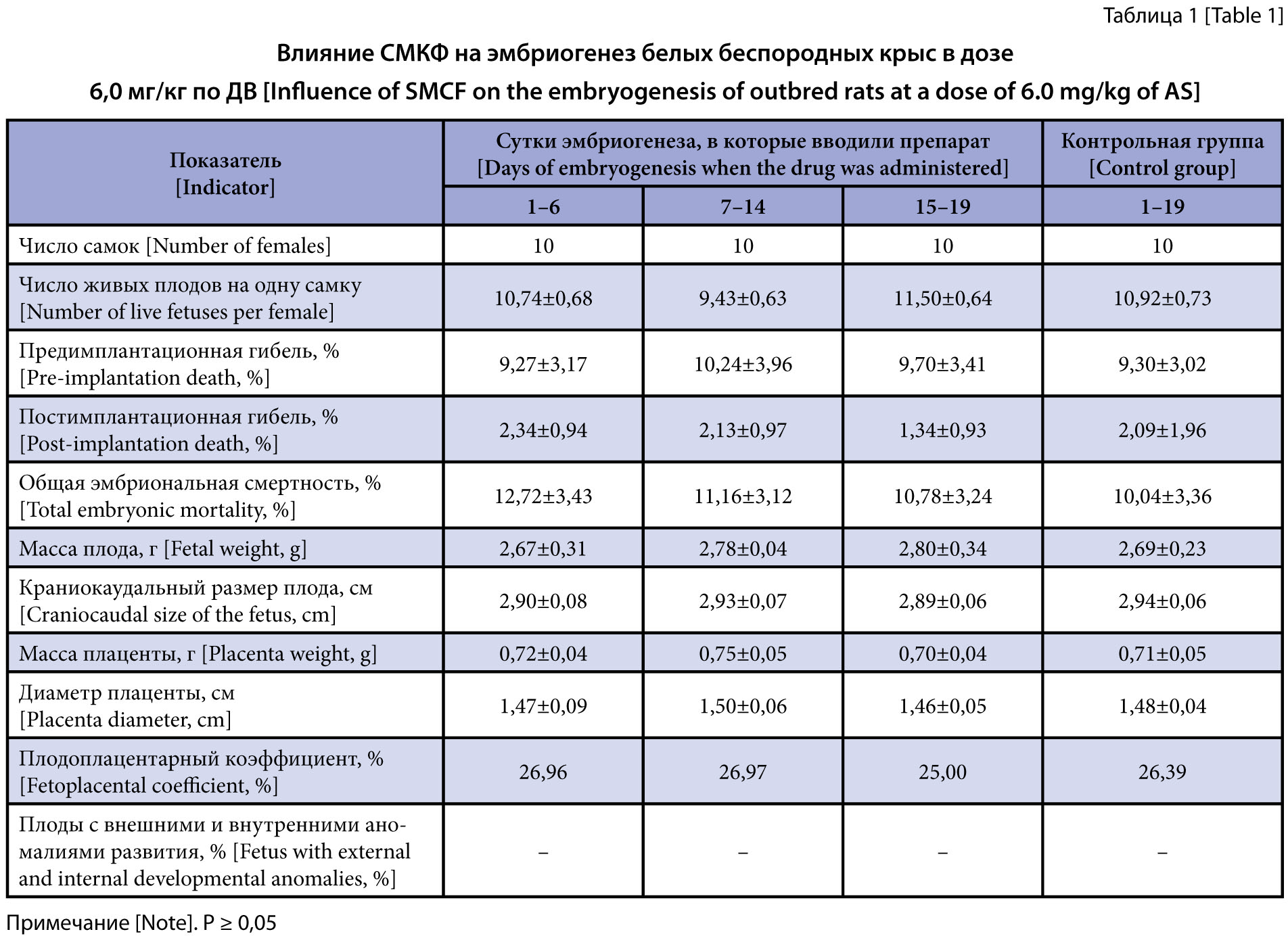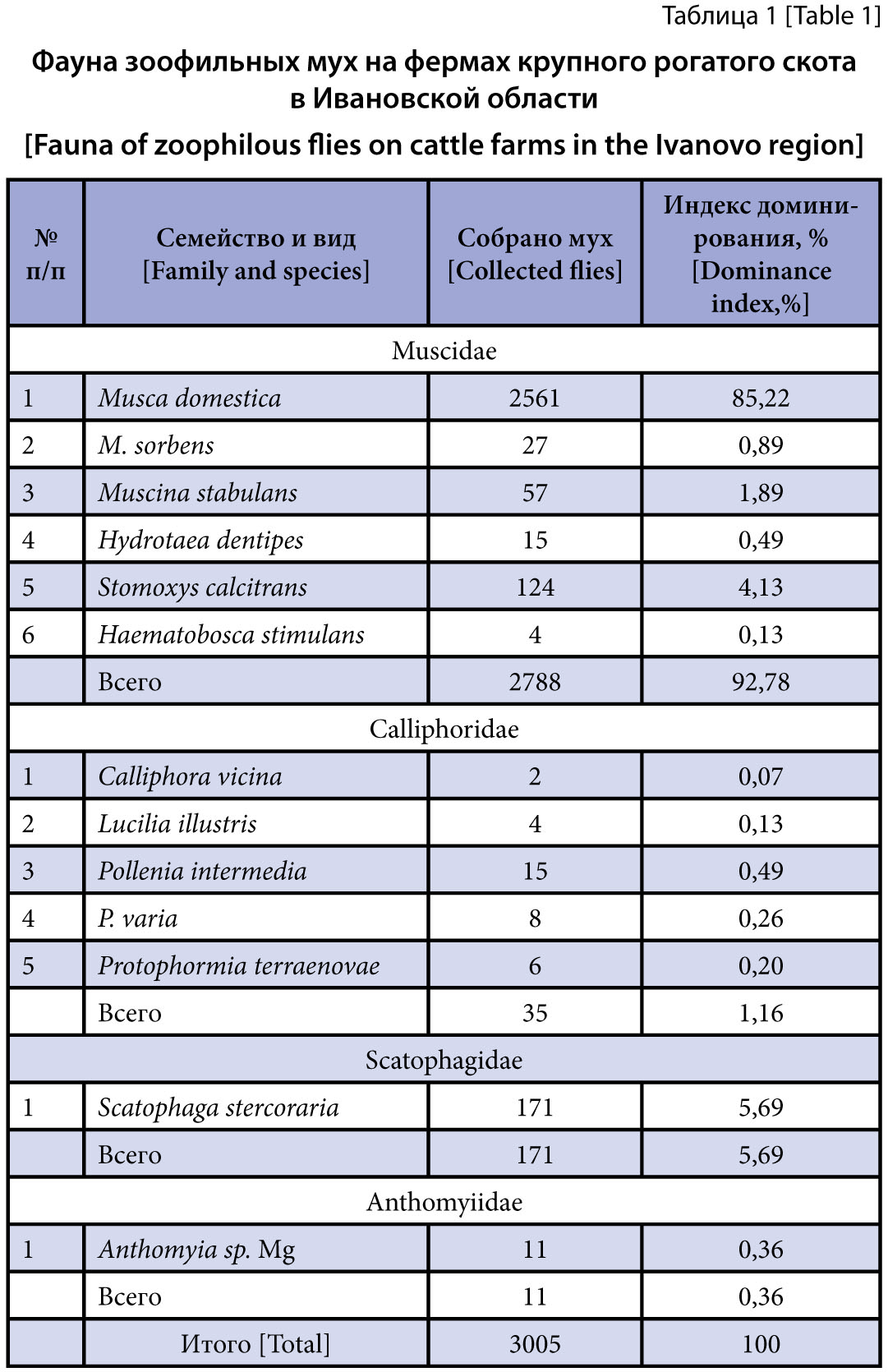FAUNA, MORPHOLOGY AND SYSTEMATICS OF PARASITES
The purpose of the research is to study biodiversity of gastrointestinal strongylates in sheep grazing on pastures of different ecological types in lowland Dagestan.
Materials and methods. In 2004–2020, biodiversity was studied of gastrointestinal strongylates in sheep on lowland wet, steppe, saline, semi-desert, and shrub pastures in lowland Dagestan. In total, 360 collections of gastrointestinal tract were dissected and 500 fecal samples from sheep were examined. The studies were performed in all seasons by age groups: lambs, young animals from one to two years old and sheep from three years old and older. The work used methods of complete helminthological dissection according to K. I. Skrjabin, sequential washing, flotation with a saturated ammonium nitrate solution according to G. A. Kotelnikov and V. M. Khrenov, and larvae cultivation in a thermostat.
Results and discussion. The biodiversity of gastrointestinal strongylates in sheep in lowland Dagestan was represented by 31 species, including the genus Chabertia, 1 species, 2 genus Bunostomum species, 3 genus Oesophagostomum species, 5 genus Trichostrongylus species, 6 genus Ostertagia species, 1 genus Maramastrongylus species, 2 genus Marschallagia species, 1 genus Haemonchus species, 3 genus Cooperia species, and 7 genus Nematodirus species. The Strongylata prevalence (the IP) in sheep was 100% with the infection intensity (the II) of 1–3860 parasites. The prevalence of infection with individual species varied as follows: 1.6% with M. schikobalovi, 44.1% with B. trigonocephalum with the II of 1 specimen of O. columbianum and 3860 specimens of H. contortus. The biodiversity was dominated by Ch. ovina, B. trigonocephalum, T. axei, T. capricola, T. colubriformis, T. skrjabini, T. vitrinus, H. contortus, N. filicollis, N. helvetianus and N. spathiger in terms of the prevalence. The IP of 1.6–10.0% and the II of 1–23 specimens were recorded in B. phlebotomum, and in species Oesophagostomum, Ostertagia, Maramastrongylus, Marschallagia, Cooperia, N. oiratianus, N. abnormalis, N. dogeli and N. andreevi. Rich species diversity and high rates of the prevalence (17.5–44.1%) and intensity of infection (1–3860 specimens) were observed in strongylates on lowland wet and plain steppe pastures.
The purpose of the research is to outline the current state of the problem of pulmonary nematodoses of domestic cats, to draw the attention of veterinarians to it, to raise their awareness of the peculiarities of methods for diagnosing these helminthoses.
Materials and methods. The literature data on the distribution, species composition, differential morphology, biology, pathogenic influence, methods of diagnostics of the causative agents of pulmonary nematodes in cats are analyzed. When describing a case of aelurostrongylosis in a kitten, its clinical state was observed, general clinical and biochemical blood tests, diagnostics of viral infections, and ultrasound examination of the abdominal cavity were carried out. Parasitological examination of feces was carried out by the flotation method and by the method of Berman.
Results and discussion. The review of the world literature on pulmonary nematodes of domestic cats is carried out. Most pathogens are represented by species of several families of metastrongyloids, the most common and clinically significant representatives are: Aelurostrongylus abstrusus (family Angiostrongylidae), Troglostrongylus brevior (Crenosomatidae), Oslerus rostratus (Filaroididae). Also in the respiratory system of cats can be parasitized Eucoleus aerophilus (Trichurida: Capillariidae) and Metathelazia massinoi (Spirurida: Pneumospiruridae). The first Russian case of aelurostrongylosis in a domestic cat is described. The larvae of the first stage of pulmonary nematodes of the species Aelurostrongylus abstrusus were found in the study of feces according to the Berman method in a homeless 3-month-old kitten from the Moscow region. The number of larvae was 104 per gram of feces. The size of the larvae was 360–380 µm in length, the tail end had a characteristic structure – a double bend in the shape of the letter “S”, a dorsal spine-like outgrowth and a ventral notch. For veterinary practice, it is recommended that, in the presence of clinical signs of respiratory system damage in cats at risk (free-walking animals, kittens, street cats), pulmonary nematodes should be included in the differential diagnosis using appropriate diagnostic tests.
The purpose of the research is to study of the features of the fauna of wild ungulates helminths on the different regions of the Belarus.
Materials and methods. The research was carried out in the State Research-Production Association "The ScientificallyPractical Center of the National Academy of Sciences of Belarus for bio-resources" and in forestry farms of Belarus. The distribution of ungulates in winter was studied using winter route counts. GPS receivers were used for a reliable assessment of biotope confinement. We used the method of counting game animals by year-round mapping of encounters and tracks with the help of thermal imagers. To assess the seasonal distribution, the structure of the biocenosis was compared with the distribution of wild ungulate species on it. To assess the species selectivity of a certain biocenosis, the share of the species in the biotope and the share of this biotope in the farm were determined. The G-test was used to analyze the obtained materials. Animal feces were examined using the McMaster, sedimentation, and flotation methods.
Results and discussion. It is determined that in the model forest areas, the red deer dominates in the structure of ungulates. Biotopes with stand density above 0.6 ungulates sem. Reindeer are used to an insignificant extent (K = -0.2, G = 42.7, P = 0.03). The biotopic distribution of roe deer in spring and autumn does not differ significantly (G = 116.7, P = 0.01). At this time, animals prefer areas with a predominance of broad-leaved species (D or.) (K = 0.86, G = 53.1, P < 0.01). During the rutting season, pinemoss forests are preferred (G = 37.4, P < 0.01). In the warm season, the red deer prefers forests with a predominance of pine trees in the stand (K = 0.6, G = 37.4, P < 0.01). Bilberry pine forests are preferred by females in spring and summer (adults and semi-adults) (K = 0.42, G = 32.4, P <0.01), males – mossy pine forests during the growing season (K = 0.22, G = 28.91, P = 0.03). In the parasitological situation in the red deer population, representatives of the Cestoda class are replaced by representatives of the Trematoda class. Representatives of the class Nematoda, genus Dictyocaulus sp. remain dominant. Representatives of the genus Strongylata, Trichostrongylus and Protostrongylus are constantly present. The genera Chabertia, Neoascaris, Cooperia are replaced, of the Nematoda class into the following genera: Oesophagostomum, Capillaria, Muellerius capillaris of the same class. The coefficient of common species composition of red deer and European roe worms is 46%, European roe and elk – 18, red deer and elk – 22%. On the territory of the Republic of Belarus, a rich species composition of helminths was revealed in European bison and a high degree of occurrence of helminths in this host. More than half of the animals in bison populations are carriers of infection with helminths: Belovezhskaya – 51.3, Polesskaya – 89.05%. Moreover, most of them have one type of helminths (from 50.0 to 66.7%) or two types of helminths (from 25.0 to 38.0%). Three or more types of helminths recorded simultaneously are rare. Representatives of the Nematoda class are 6 times superior to other classes of parasitic helminths (G = 39.8; Р < 0.01).
REVIEWS
The purpose of the research is analysis of world literature dedicated to studies of physiological role and functional importance of FMRFamide-like neuropeptides – components of peptidergic nervous system in cyst nematode plant parasites using an example of 2nd stage larvae of potato and soy nematodes Globodera pallida and Heterodera glycines.
The main physiological and functional characteristics of endogenous FMRFamid-like neuropeptides had been found in studies of functional role of flp genes expression of which was discovered in various nerve structures of potato and soy nematodes. The work shows the role of endogenous FMRFamid-like neuropeptides in such plant nematodes' behavior elements as locomotions promoting the parasites' life activity. The functional importance of flp genes coding these biologically active substances and possibilities of using data on physiological effects of neuropeptides on plant nematodes' activity for development of new anthelminthic precise effect drugs are discussed.
ECOLOGY AND BIOLOGY OF PARASITES
The purpose of the research is study of morphological and functional characteristics of Trichinella sp. larvae in bears and badgers in the Kirov Region.
Materials and methods. The compressor trichinelloscopy (CT) method was used to study 72 sections of muscle tissue samples (in accordance with the Guidelines "Prevention of helminthiasis transmitted through meat and meat products" dated September 23, 1996) from animals obtained during scientific culling. The sections were prepared from the diaphragmatic peduncle muscles and the diaphragm of bears and badgers along the muscle fibers, and placed in the compressorium. The sections were then transferred to glass slides, and provisional slides were prepared and examined using various magnifications (× 8, × 20, × 40). Morphometric measurements were performed using a microscope at × 40 magnification, then the capsule index was calculated. Digestion (peptolysis) in artificial gastric juice was performed according to the P. A. Vladimirova’s method modified by A. V. Uspensky and F. Skvortsova after the test samples were placed in various temperature conditions from 5 to -18 °C, and the parameters of both animal species were compared. The viability of Trichinella sp. larvae was evaluated in a Petri dish in saline at a room temperature. Morphological changes were recorded in the larvae structure (coiled larvae against the total number of isolated, coiled and stretched larvae) and their mobility.
Results and discussion. We studied badgers and bears infected by Trichinella spiralis larvae in the Kirov Region. The Trichinella sp. larvae were found in all examined sections of the infected animals. The infection intensity was higher in the badger than the bear and amounted to 218±79.5 larvae per 1 g of muscle, while it was 115±28.5 in the bear. The stated above is explained by the fact that the badger eats carrion more often, and typically visits spontaneous dumps. For postmortem diagnosis of trichinellosis in the obtained bears and badgers, we can use trichinelloscopy and peptolysis methods which are aimed at detecting infection sources and preventing zoonosis in humans.
The purpose of the research is the study of morpho-biological characteristics and food chains of the preimaginal stages of Wohlfahrtia magnifica, pathogens of obligate tissue myiasis in sheep.
Materials and methods. The studies were performed on sheep farms of various forms of ownership in the steppe zone of the Stavropol Territory. We determined the prevalence and intensity rates of W. magnifica infection and causes of wolfarthiosis spreading. The number and behavioral responses of W. magnifica imagoes were studied in grazing and stationary management of sheep. We took into account the life expectancy and ecological plasticity rates of W. magnifica adults and larvae. The fecundity of females was determined by manual preparation under an MBS-I microscope. The myiasis development process and preimaginal development of parasitic W. magnifica larvae were studied in spontaneous and artificial infection of sheep. Clinical studies of animals were performed according to generally accepted methods.
Results and discussion. The results of the studies made it possible to establish that the preimaginal development of W. magnifica Schiner, 1862 in the host is characterized by the cooperation of parasitic larvae during the myiasis development and by a complex of morphological and physiological adaptations associated with changes in the external and internal structure of parasites and in the functioning of the systems of their organs. The pathogenic effect of the parasite on the host (primary, or specific) is due to its morphophysiological characteristics. The phenomenon of extraintestinal digestion in the W. magnifica larvae was described. Nutrition is the basis of symbiosis and parasitism, and knowledge of the mechanisms by which parasites absorb and partially utilize nutrients is fundamental to understanding parasitism and parasite-host relationships.
The purpose of the research is to study geographical and seasonal variability of aphids from the Ferghana Range.
Materials and methods. The research materials were long-term collections, observations and experiments conducted in various zones of the Ferghana Range (Uzbekistan, Kyrgyzstan) in 2006–2020. The studies used entomological, aphidological and statistical methods. The V. Barov’s psi-square and Student and Fisher’s Z methods were used to compare the samples. Mathematical analysis was performed based on 16 morphometric characteristics from the samples of adult aphids (n = 10).
Results and discussion. The morphological features of aphids during divergence are a key factor in their range forage and adaptation to it. Other environmental factors have undoubtedly a direct effect on aphids through forage plants in some cases. The study of morphometric parameters of the samples taken in Mayli-Say and Khanabad showed that the variability of the aphid’s hindleg was zero, and the samples from Mayli-Say differed significantly from the samples from Khanabad (P > 0.01). The study results confirm that the samples from both regions are mainly subject to geographical variability influenced by climatic and other factors, and the confidence level differs in morphometric parameters.
EPIZOOTOLOGY, EPIDEMIOLOGY AND MONITORING OF PARASITIC DISEASES
The purpose of the research is to study mixed infections of gastrointestinal strongylates and Anoplocephala sp. in sheep in the context of the vertical zonality of Dagestan.
Materials and methods. In 2000-2020, 360 collections of the digestive tract of sheep and 600 fecal samples were studied in the plain, foothill, and mountain belts of Dagestan. The material was analyzed in young animals up to 1 year old, animals from 1 year to 2 years old, and animals over three years old. The study was performed in all four seasons. The work used methods of full helminthological dissection according to K. I. Skrjabin, sequential washing of feces with a saturated ammonium nitrate solution according to G. A. Kotelnikov, V. M. Khrenov and Berman-Orlov, as well as larvae cultivation in a thermostat.
Results and discussion. Mixed helminth infections were recorded in sheep in all natural and climatic zones of Dagestan. The greatest species diversity, high rates of infection prevalence (IP 15.0–43.3%) and infection intensity (II 16–3860 sp.) were observed at gastrointestinal Strongylata and Anoplocephalata infections in the plain belt. Of the pathogens in the plain and foothill belts, mixed infections were dominated by Chabertia, Bunostoma, Trichostrongylidae, Haemonchus, and Nematodirus; and from Anoplocephala – moniezia. The IP and II rates were significantly lower, 25–8.3% and 43–32 sp., respectively, in the mountain belt at an altitude of over 2500 m above the sea level. Lambs in the first year of age were infected with Chabertia, Bunostoma (B. trigonocephalum), Trichostrongylidae (T. axei and T. vitrinus), Haemonchus and Nematodirus (N. spathiger) in the plain and foothill belts. In the second year of age, sheep older than three years were infected with T. axei, T. capricola, T. vitrinus, T. colubriformis, O. ostertagi, O. circumcincta, O. occidentalis, O. antipini, O. leptospicularis, C. punctata, C. oncophora, N. filicollis and N. abnormalis with IP of 2.5–8.3% and II of 1–11 sp., in addition to the dominant species. We recorded M. expansa, M. benedeni, T. giardia and A. centripunctata (IP 2.5–30.0%, and II 1–48 sp.). In the mountain belt over 2500 m above the sea level, lambs were infected with Ch. ovina, B. trigonocephalum, T. axei, H. contortus, N. spathiger (IP 8.3–11.6%, II 3–32 sp.) and M. expansa (IP 2.5–5.0%, II 1–29 sp.). Young animals in the second year of age and sheep over three years old had mixed infections with the species as indicated in lambs (IP 3.5–8.3%, II 3–29 sp.).
The purpose of the research is study of some issues of fauna, spread and ecology of nematodes of the genus Dirofilaria in biogeocenoses of Uzbekistan.
Materials and methods. Nematodes of the genus Dirofilaria (D. immitis and D. repens) were collected from domestic and wild carnivorous mammals within Uzbekistan. The studies were carried out during 2015–2021. 559 individuals of carnivorous mammals were studied by the method of complete helminthological dissection. The found parasites were collected and fixed according to generally accepted methods. The helminths and ectoparasites were identified and their morphology was studied by temporary and permanent specimens using modern microscopes. The parasite species was identified in accordance with the keys and descriptions given in the papers by domestic and foreign researchers. To identify intermediate hosts of Dirofilaria (D. immitis), mosquitoes (Culicidae) were caught and examined on and around dogs. A total of 4064 specimens of mosquitoes were studies in spring, summer and autumn using the generally accepted method. We determined the prevalence and intensity of helminth infection in carnivorous. To study the nucleotide sequences in Dirofilaria, we used mature nematodes D. immitis and D. repens collected from dissected animals. Live nematodes were washed in saline (0.9% NaCl) and fixed in 70% ethanol. We conducted the isolation of genomic DNA, PCR amplification, electrophoresis and sample analysis.
Results and discussion. In total, two species of Dirofilaria were found in representatives of carnivores in Uzbekistan, namely, D. immitis (Leidy, 1856) and D. repens Railliet et Henry, 1911. Original data on the spread of Dirofilaria in domestic and wild carnivores, as well as some materials on D. immitis intermediate hosts recorded from mosquitoes Aedes caspius and Culex pipiens were presented. The mtDNA-COI nucleotide sequences were determined to identify species of mature nematodes D. immitis (MN 650648.1), and D. repens (MZ 081850.1) was deposited by GenBank.
PHARMACOLOGY, TOXICOLOGY
The purpose of the research is to study the embryotropic effect of supramolecular complex of fenbendazole (SMСF).
Materials and methods. The experiment to assess the embryotropic properties of SMCF was carried out on 40 white female and 20 male rats in accordance with the Guidelines for the experimental (preclinical) study of new pharmacological substances. Pregnant female rats were divided into 3 experimental and one control groups. SMCF was administered intragastrically on the 1–6 days of embryogenesis (group 1); on the 7–14 days (group 2) and on the 15–19 days (group 3) in three times therapeutic dose – 6,0 mg/kg of active substance. The animals of the control group received saline from the first to the 19th days of pregnancy. Rats were euthanized on the 20th day of pregnancy. The uterus with fetuses was removed after laparotomy, the number of corpora lutea, implantation sites, the number of living, dead and resorbed fetuses were recorded, the weight and diameter of the placenta were determined. The embryos were examined, weighed, the craniocaudal sizes were determined, the levels of total embryonic, preimplantation and postimplantation embryo death were calculated. The fetuses were examined for abnormalities of internal organs and changes in the skeletal system according to the methods of J. G. Wilson (1965) and A. B. Dawson (1926), modified in the department of embryology of the IEM of the USSR Academy of Medical Sciences.
Results and discussion. As a result, SMCF does not induce toxic effects on the fetus: mortality rates, size and weight of embryos were at the level of the control group in a threefold therapeutic dose 6,0 mg/kg at intragastric administration on the 1–6; 7–14 and 15–19 days of pregnancy. SMCF did not cause external and internal malformations.
TREATMENT AND PREVENTION
The purpose of the research is to study the fauna of zoophilous flies on the territory of the farms of the Palekh district of the Ivanovo region, to determine the comparative effectiveness of insecticidal preparations and the duration of their action; establish the role of zoophilous flies in the spread of helminth eggs and protozoan oocysts.
Materials and methods. The faunistic collection of zoophilous flies was carried out in calf dispensaries of livestock farms in the farms of the Palekh district of the Ivanovo region. The species of zoophilic flies was determined at the Department of Infectious and Parasitic Diseases of the Ivanovo State Agricultural Academy. The comparative effectiveness of insecticidal preparations was carried out.
Results and discussion. The fauna of zoophilic flies on cattle farms in the farms of the Ivanovo region of the Palekh district is represented by three families: Muscidae (92.78%), Calliphoridae (1.16%), Scatophagidae (5.69%). They are equally contaminated with eggs of pathogens of helminthoses and oocysts of pathogens of protozooses, and their role in the spread of helminthosis and protozoosis is determined by the index of dominance in the fauna of livestock buildings. The fastest effect of acute insecticidal action was observed in the drug with AD imidacloprid – 4 min. after contact of insects with treated surfaces of objects. In preparations with AD, thiamethoxam and cypermethrin showed insecticidal properties after 8 min. The longest insecticidal effect was observed in the drug with AD imidacloprid; it was 13 days, while for drugs with DV thiamethoxam and cypermethrin - a little more than half of this period.
THE MEMORY OF THE SCIENTIST
ISSN 2541-7843 (Online)



